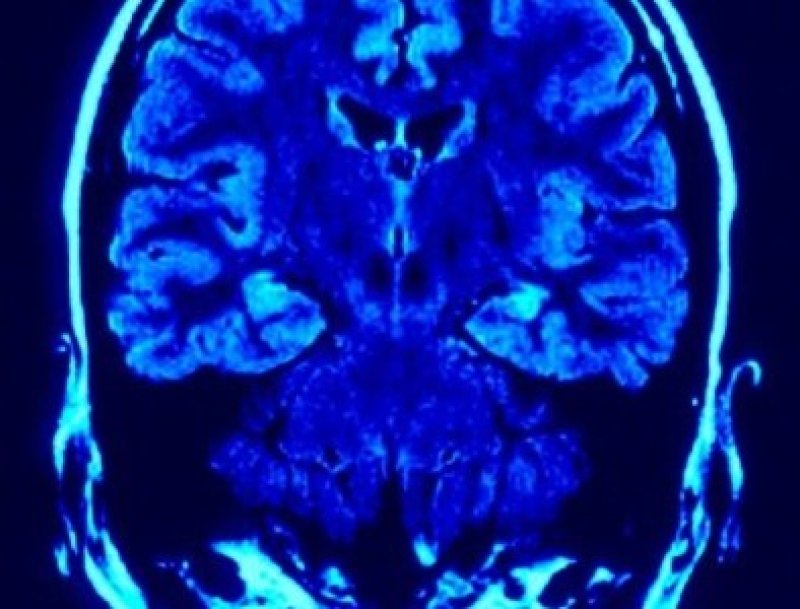During development in mammals, chemical tags called methyl groups are added to certain cytosine nucleotides in the DNA, which affects how nearby genes are expressed.
Because epigenetic patterns can differ between tissues in the body, Ryan Lister of the University of Western Australia in Crawley and colleagues decided to zero in on the brain’s methylation. They collected nine human brains including examples from fetuses, two-month-old babies, toddlers, teenagers and older adults, and the same from mice at equivalent stages of development.
The researchers removed the frontal cortex, which is involved in thought processing, and separated out the neurons from other cells in the cortex. By treating the neurons’ DNA with a chemical that highlights methylated cytosines, and then sequencing the genomes, the researchers created a map showing how the pattern of methylation changes as the brain develops.
Read the full story here: Time-lapse map shows DNA development in growing brain
Additional Resources:
- “A Detailed 3-D Atlas of a Human Brain,” MIT Technology Review
- “Human behaviour: is it all in the brain – or the mind?” The Guardian































